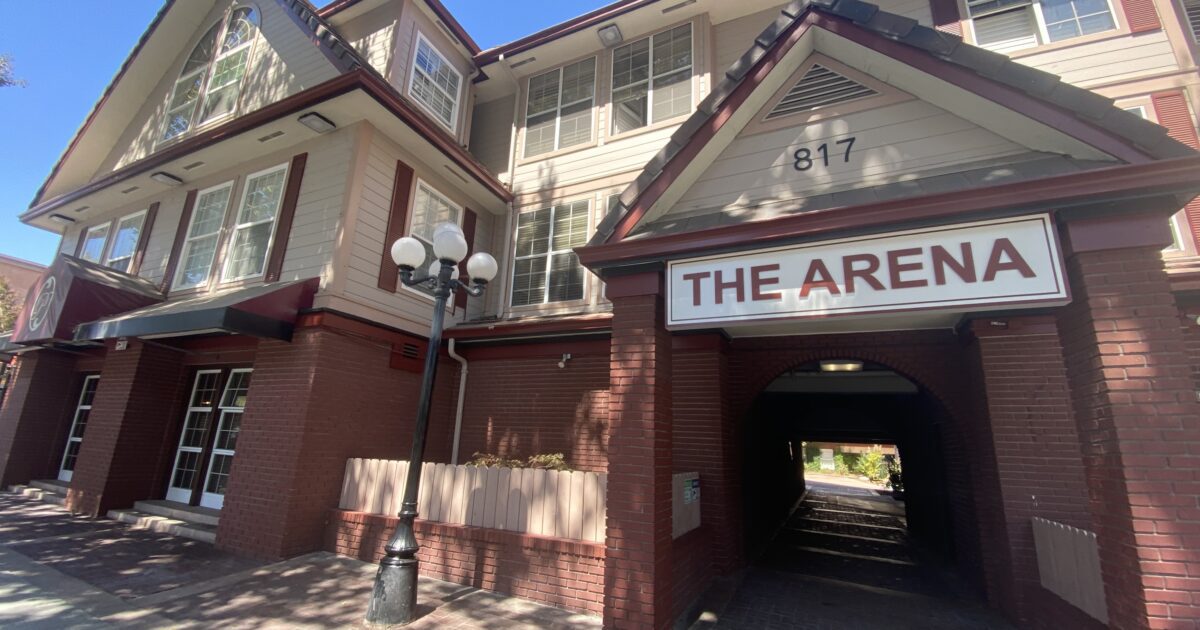In his recent San José Spotlight op-ed, HomeFirst CEO René Ramirez wrote, “Punishing people for being poor will not make tents disappear.”
He’s right. But poverty isn’t only punished by cities or police. It’s punished inside the very systems that claim to be fighting it.
I know because I used to work for HomeFirst. During that time, I had to call 211 for housing assistance because my paycheck wasn’t enough to cover rent and bills. HomeFirst employees can’t access their own programs, so I had to explain to a stranger that I worked in homeless services but needed help myself. The operator said, “Yeah… you’re definitely not the first.”
That moment told me everything. The people doing the work are oftentimes just as poor and exhausted as the people they serve.
How do you expect staff to show “kindness, passion and excellence” when they can’t always afford groceries? When they’re covering caseloads that should be split among three or more people? When they go home to the same instability they’re supposed to be ending?
The National Alliance to End Homelessness found that most workers in this field can’t afford housing on their own. More than half rely on a partner’s income to survive. Nearly four in 10 unpartnered employees say their pay doesn’t meet basic needs. Black and Latinx workers — the backbone of the frontline workforce — face the steepest financial hardship, yet they are the most committed to staying in the field.
Meanwhile, HomeFirst leadership celebrates numbers like “83% retained permanent housing,” knowing that most of those placements are temporary rapid rehousing subsidies that last only a few months before the funding runs out. Permanence? More like performance.
National research led by Dennis Culhane and Joy Moses found that only 16% of sheltered households nationwide actually receive a “housing first” placement. Fully funding those programs would require about $9.6 billion more each year — nearly triple current federal spending. Yet agencies like HomeFirst present numbers that look like progress, even though the same people often fall back into homelessness once the funding ends.
Even landlords see through it. Whenever I said I worked for HomeFirst, property owners would stiffen. Many had been burned before by rapid rehousing programs run by HomeFirst and similar agencies — clients abandoned after subsidies ended, rents unpaid, costly evictions that followed.
I had to clarify that I worked under the Supportive Services for Veteran Families program, which is federally funded for veterans and offers longer-term support. That was often the only reason landlords would even consider partnering — they knew those rents were backed by federal dollars and program participants had a higher likelihood of obtaining long-term housing support.
If that’s what it takes to earn basic trust, what does that say about the rest of the system? Regular clients don’t get those safety nets, and neither do the staff. I was eligible for the same affordable housing programs as many of my clients — 60% AMI income level — and even then, I still needed homelessness prevention assistance to stay stable.
So when the CEO talks about “the poor,” it rings hollow. Much of his own workforce is poor. His staff are skipping meals, driving 15-year-old cars and crying in parking lots after work. They are the invisible labor propping up a broken system that congratulates itself for temporary fixes.
You can’t condemn the criminalization of homelessness while letting your own employees drown in it. You can’t preach “trauma-informed care” while retraumatizing your staff with poverty wages, unsustainable workloads and toxic management.
I’ve been on every side of this system — housing specialist, client, tenant and mother trying to hold it together on a social service salary. The patterns are the same: people burn out, clients lose housing, leadership stays comfortable.
If HomeFirst and agencies like it truly want to live their values, they should start by paying their workers a livable wage, funding mental health support for staff and being transparent about program outcomes. Real change isn’t just about “housing first.” It’s about humanizing first — treating both clients and workers as people, not metrics.
Because no one heals — or stays housed — in systems that treat them like numbers.
It’s time to stop punishing the poor. That includes the people who show up every day to serve them.
Victoria Barrow is a former HomeFirst employee who worked on the Supportive Services for Veteran Families housing team for nearly two years.

